Blog
The latest news, product updates, energy expertise, and climate perspectives from Arcadia.
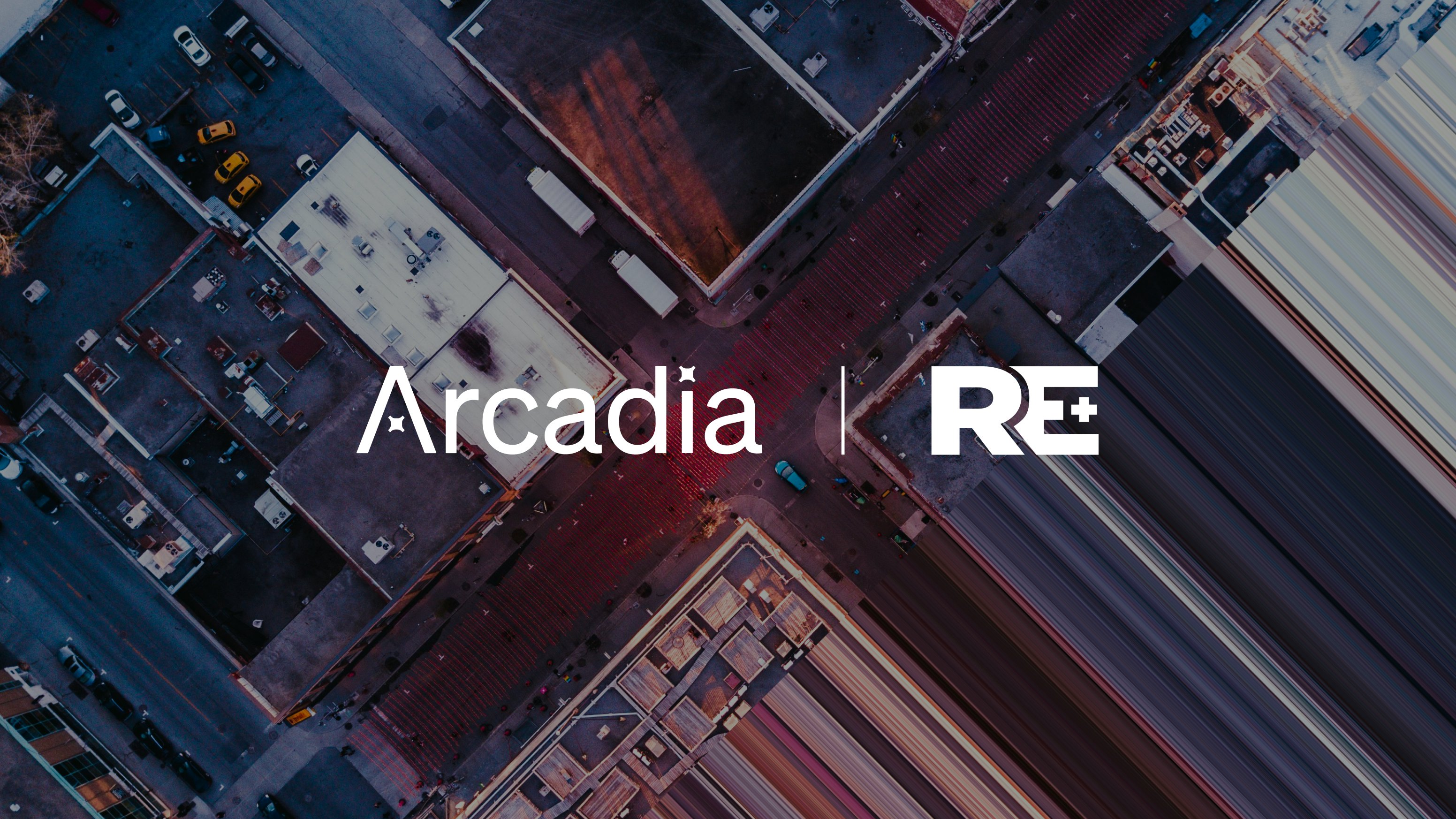
Our entire industry is gearing up for the 20th anniversary of RE+, North America’s biggest event for the clean energy sector. We’ll be in Anaheim all week long, connecting with industry leaders, innovators, and partners who share our commitment to the clean energy future.
Featured stories

Now that the new SEC climate disclosure rule has been finalized, businesses need to understand what the new rules entail. Here’s how to prepare for the future of carbon reporting.
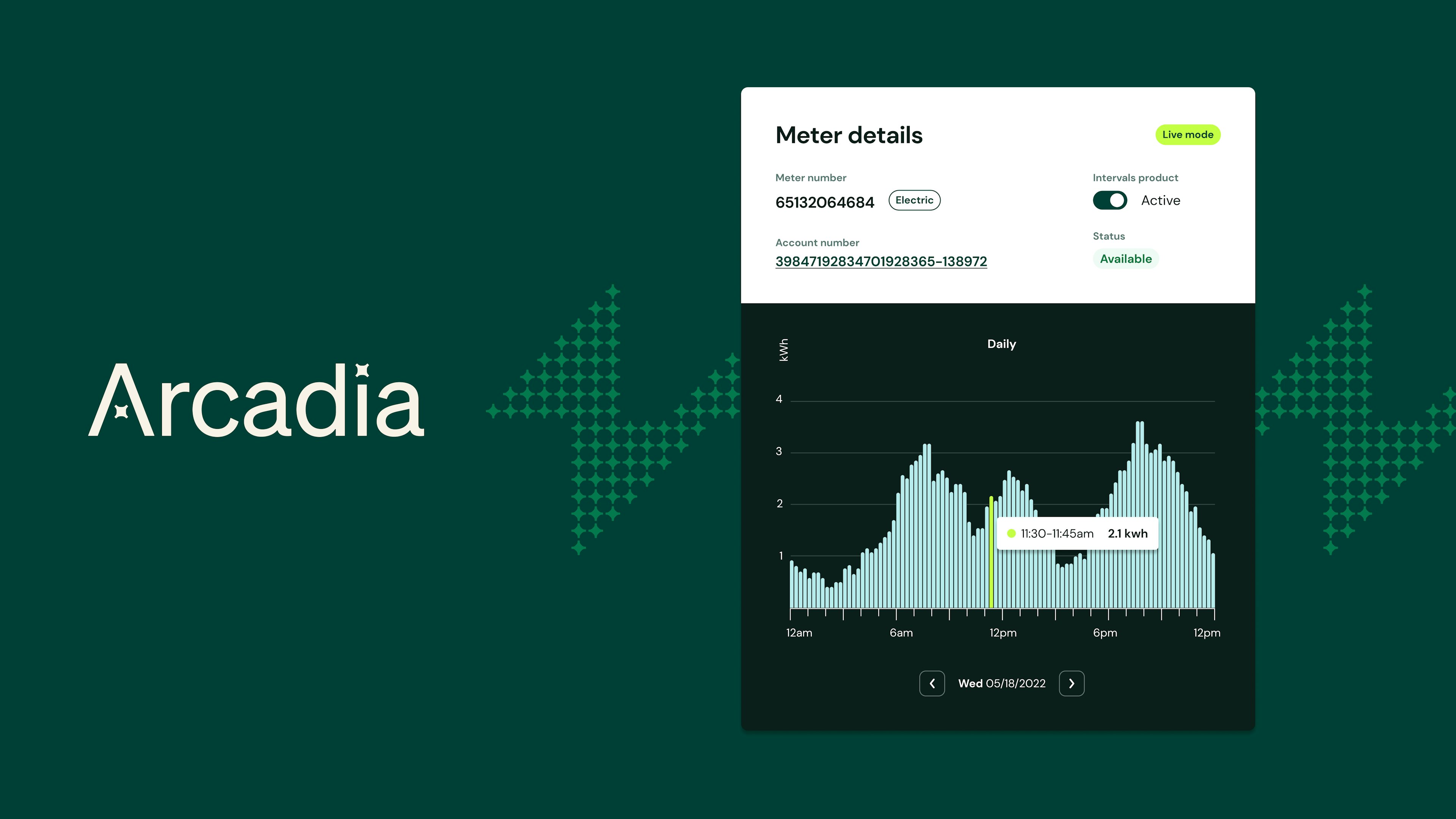
Whether you're in the business of solar and storage modeling, seeking to size systems and identify cost savings, or you're tasked with demand response validation — intervals are a necessary partner in your analysis.
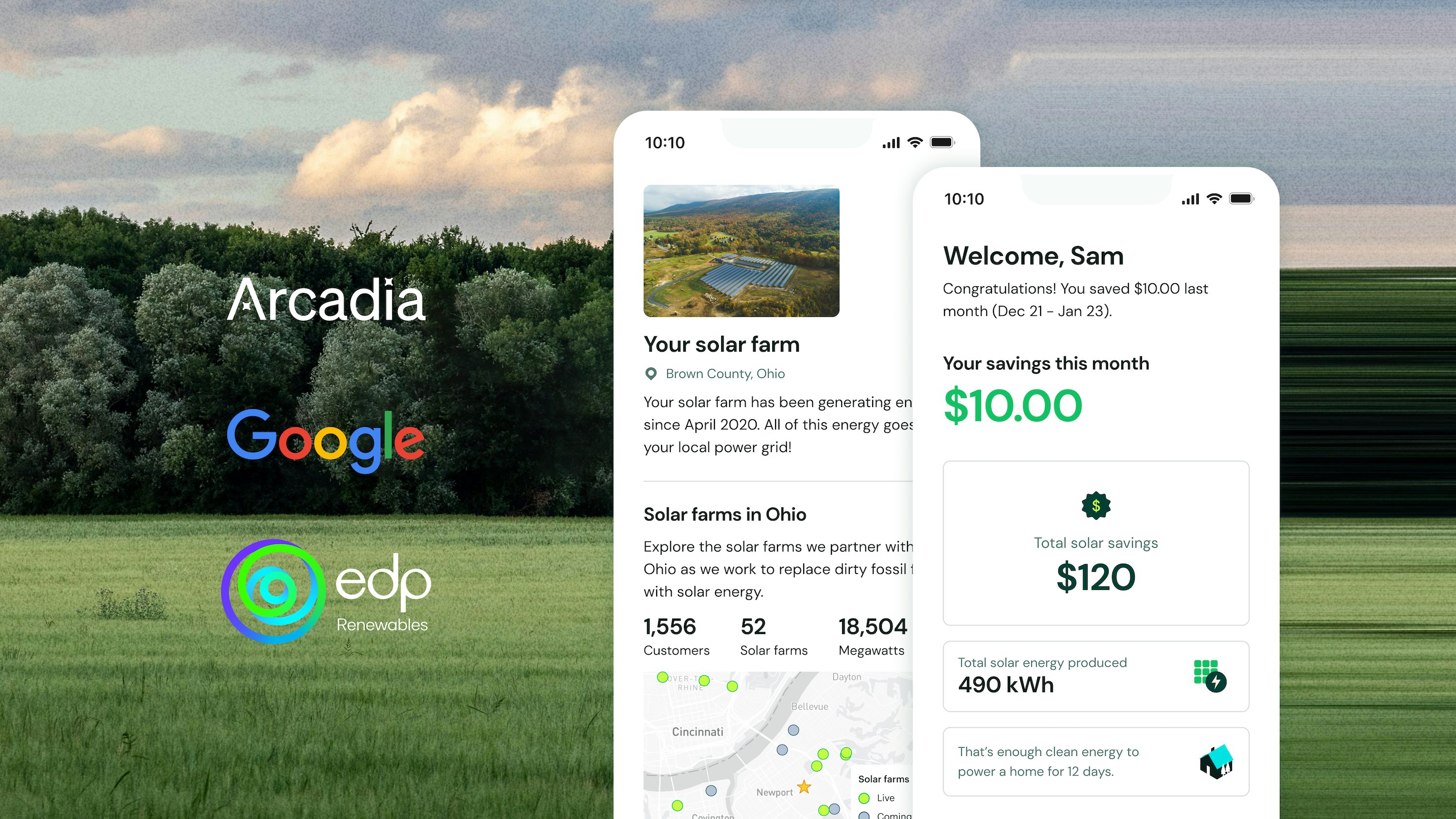
We’ve teamed up with Google and EDPR NA Distributed Generation to implement a novel solution addressing the energy cost burden faced by over 30 million US households.
Recently published

Discover how interval utility data can help businesses optimize energy costs, improve efficiency, and achieve sustainability goals.
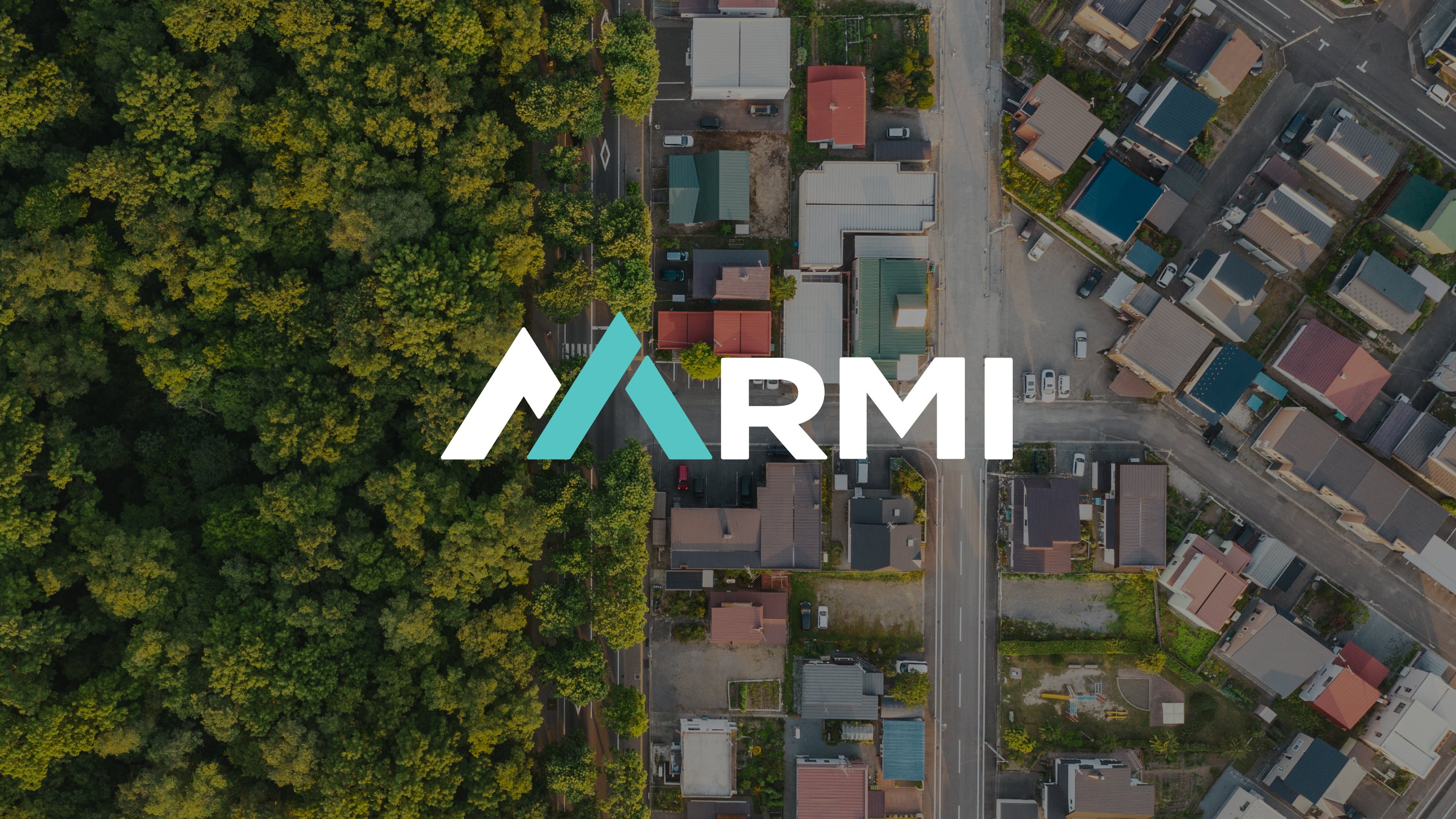
Explore how RMI's Green Upgrade Calculator empowers energy professionals and policymakers to drive a sustainable future with trusted, data-driven insights.
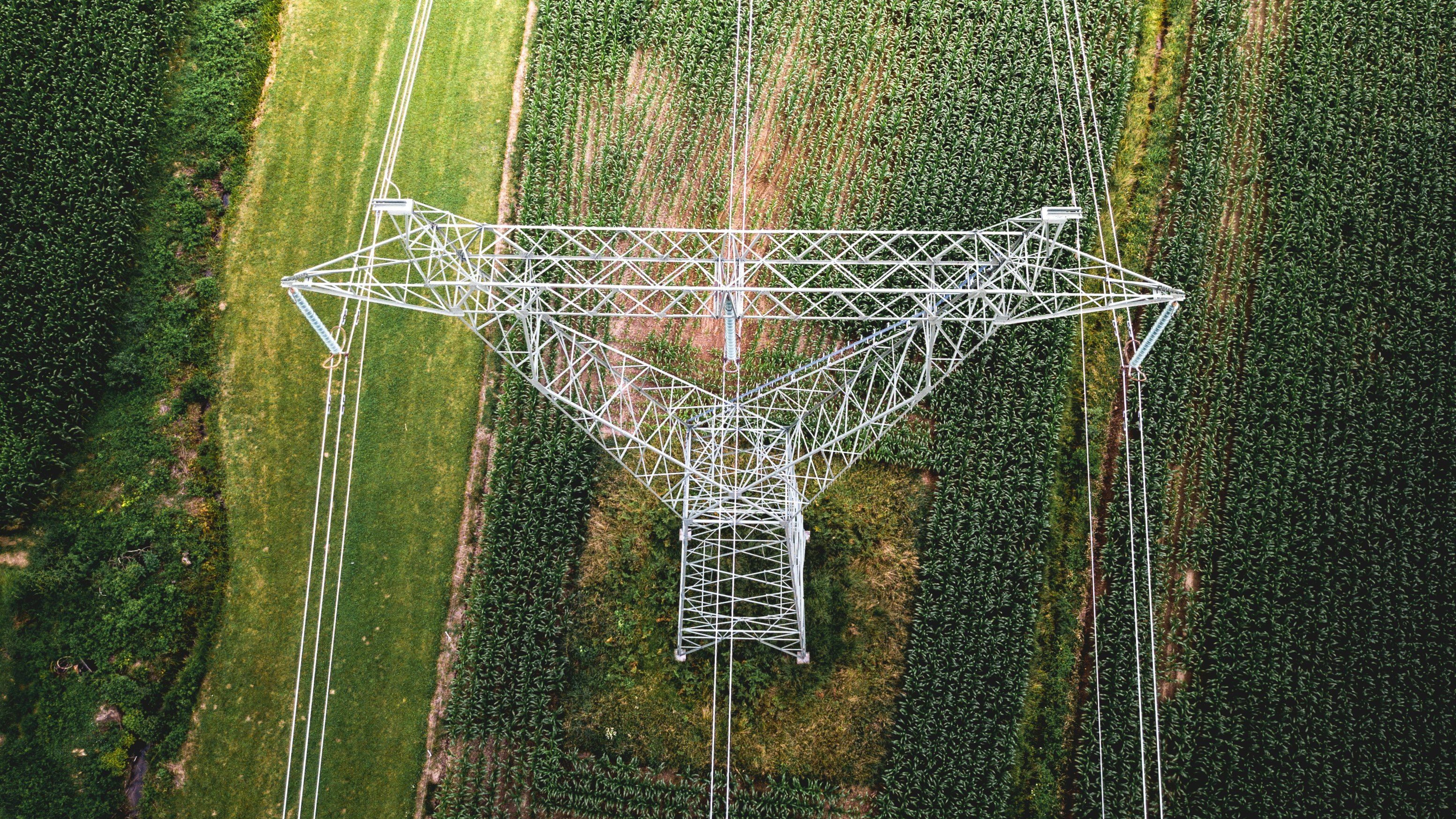
Learn how calendarization simplifies energy reporting, improves budgeting, and enhances compliance by accurately allocating utility data by month.

Discover how automated access to utility data enhances efficiency, reduces costs, and improves tenant satisfaction across your properties.
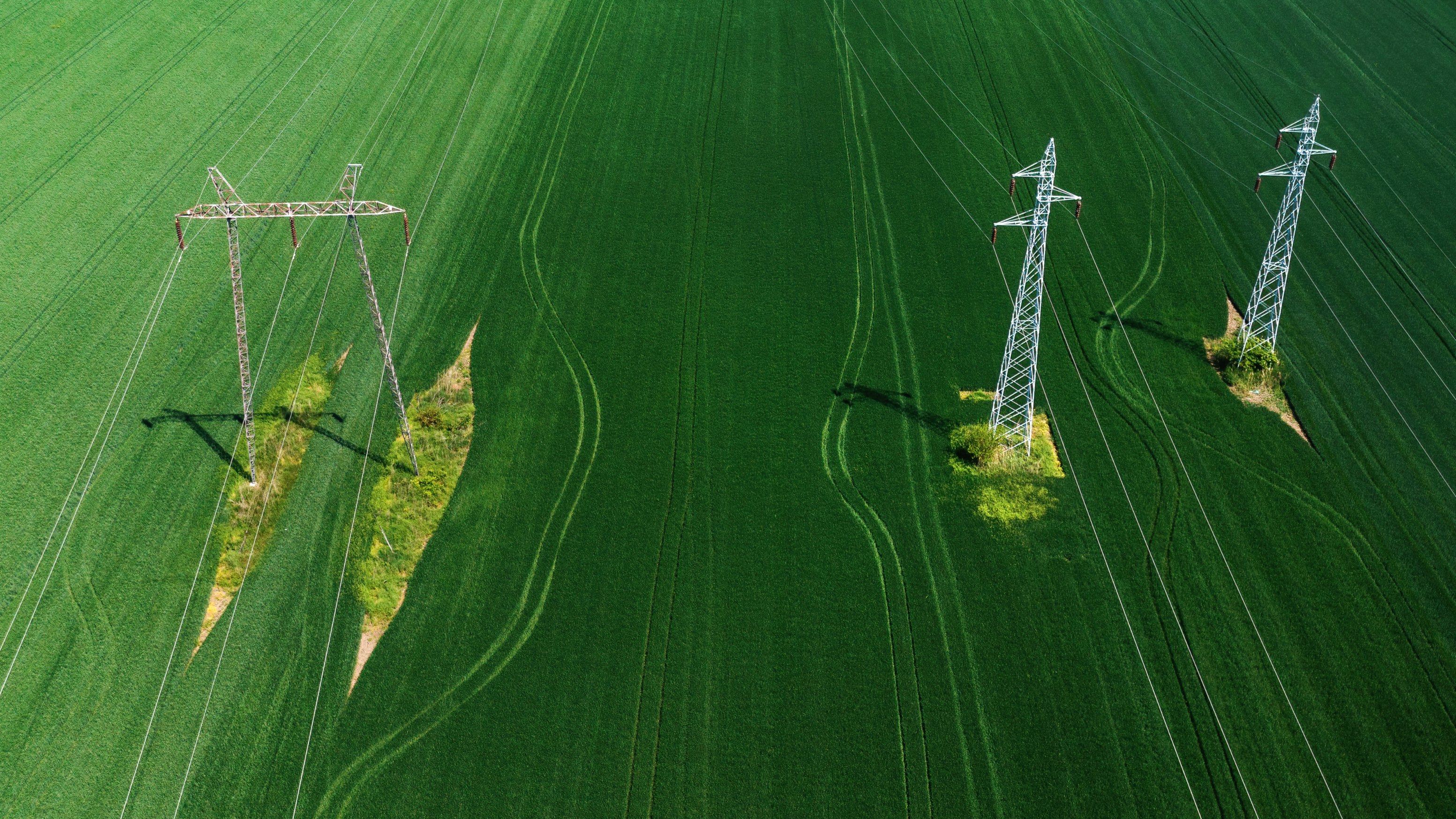
Discover essential energy management strategies for optimizing energy consumption and reducing costs for your business or your customers.

Our entire industry is gearing up for the 20th anniversary of RE+, North America’s biggest event for the clean energy sector. We’ll be in Anaheim all week long, connecting with industry leaders, innovators, and partners who share our commitment to the clean energy future.

Arcadia is the leading manager of community solar projects in the United States.
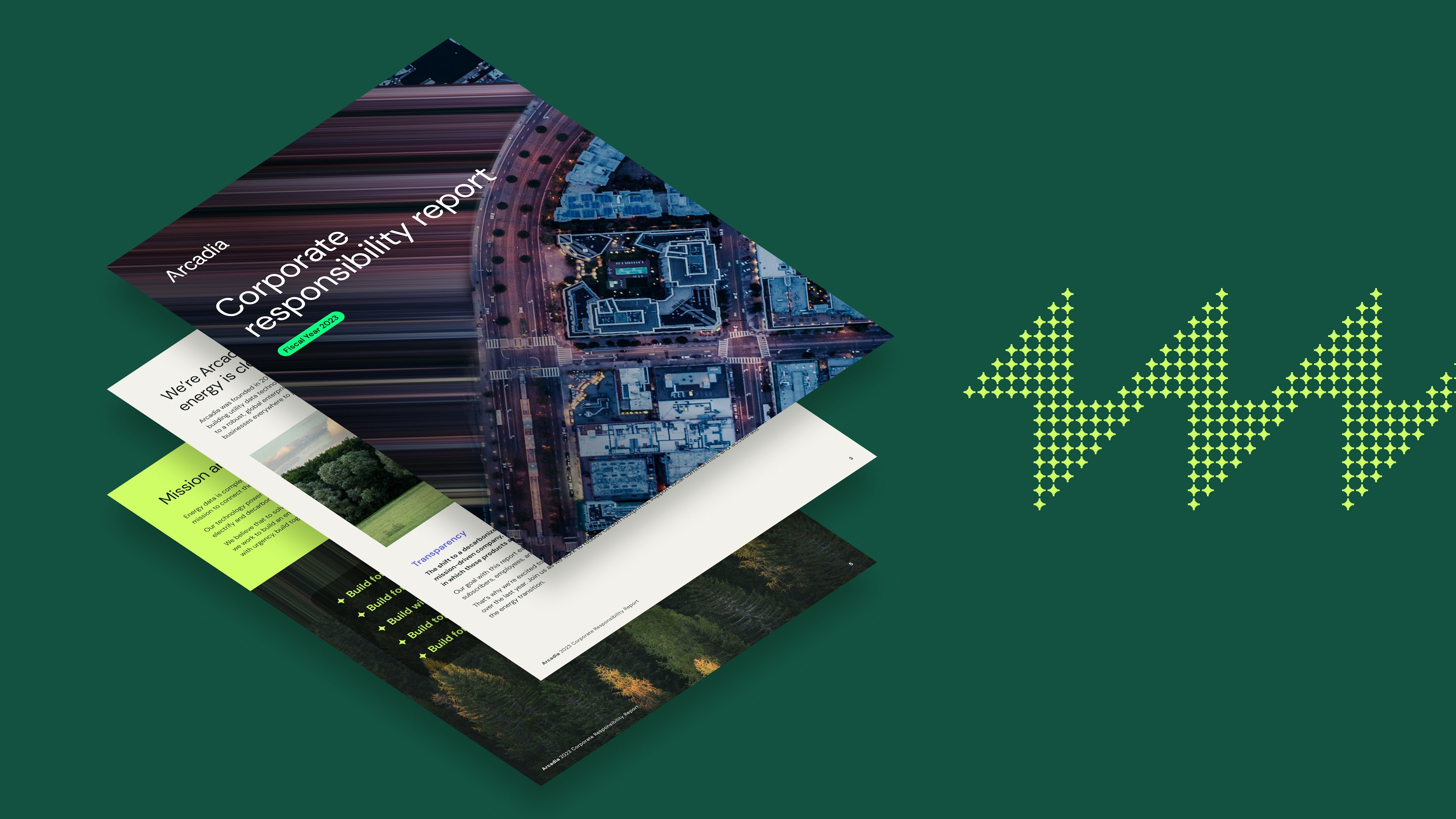
For the second consecutive year, we’re publishing our corporate responsibility report, structured around our company values: build for simplicity, build for all, build with urgency, build together, and build for good.
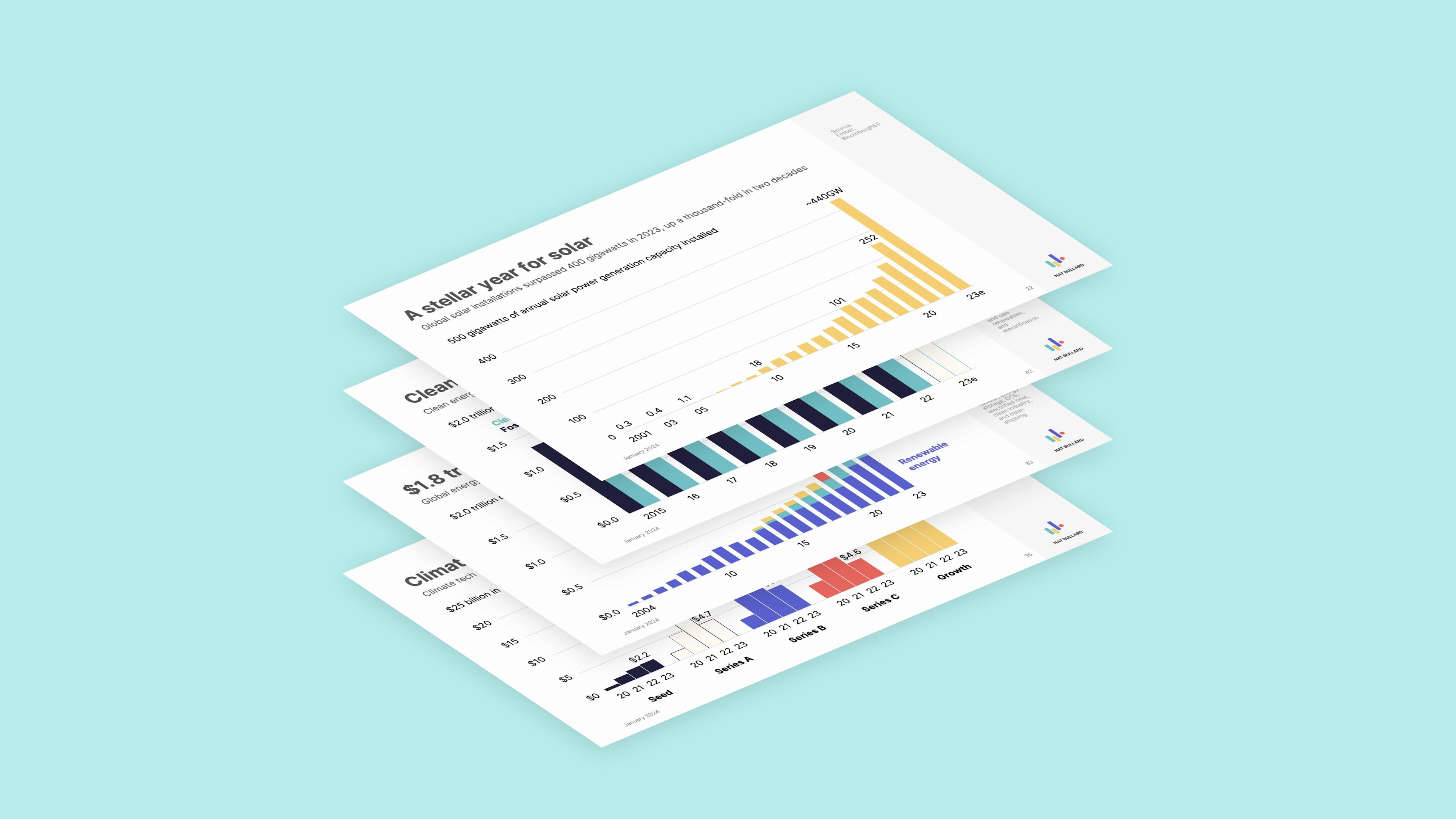
Checking in with climate analyst Nat Bullard on the latest macro trends and insights about the clean energy future.